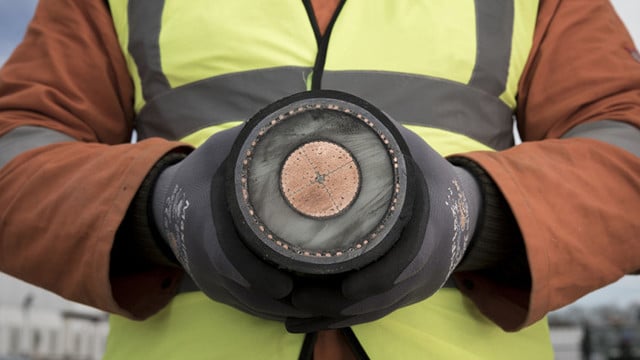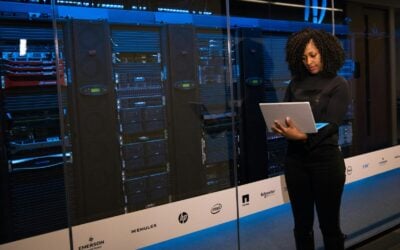
Battery energy storage systems (BESS) from several firms helped the energy system recover after the NSL interconnector, which connects the UK and Norway, suddenly stopped exporting power to the UK.
At 8:47am local time, 8 October, Norwegian power exports via the North Sea plummeted from 1.4GW to zero, with frequency on the network falling as low as 49.59Hz in two seconds—well below the National Energy System Operator (NESO) operational limits of 49.8 – 50.2Hz. However, the system recovered within two minutes thanks to fast-acting frequency services, particularly BESS operations.
Roger Hollies, CTO at Arenko Group, posted on LinkedIn that 1.5GW of batteries across NESO’s network were able to inject power into the grid during the disruption, including 12 batteries on Arenko’s Nimbus platform. According to BESSAnalytics.com, Arenko is the optimiser for around 333MW of BESS assets in the UK.
Meanwhile, Kraken, an offshoot of Octopus Energy, also saw BESS assets optimised through its platform jump in to help rebalance the grid during the failure of the Norwegian interconnector. In another LinkedIn post, Charlotte Johnson, global director of markets at Kraken, stated that BESS operations that were contracted for frequency services delivered over 450MW of response; this volume is equivalent to around a third of that lost during the interconnector failure.
Try Premium for just $1
- Full premium access for the first month at only $1
- Converts to an annual rate after 30 days unless cancelled
- Cancel anytime during the trial period
Premium Benefits
- Expert industry analysis and interviews
- Digital access to PV Tech Power journal
- Exclusive event discounts
Or get the full Premium subscription right away
Or continue reading this article for free
In an unrelated incident which occurred last month, the Moyle Interconnector tripped while transmitting 442MW of power from Great Britain to Ireland.
The interconnector, which links Northern Ireland’s County Antrim and Ayrshire in Scotland, failed on 30 September – coincidentally, this was the same day that the UK’s last coal-fired power plant closed for good.
As Statkraft explained in a post on its website, batteries on both sides of the interconnector were able to activate within fractions of a second to stabilise the British and Irish electricity grids. As the Irish grid frequency sank to almost 49.7Hz, the 26MW Kelwin Battery project in County Kerry, Ireland – which is owned by Statkraft – began exporting power within seconds, while the Scottish Greener Grid Park began importing additional power to help keep the grids balanced.
To read the full version of this story, visit Current.





